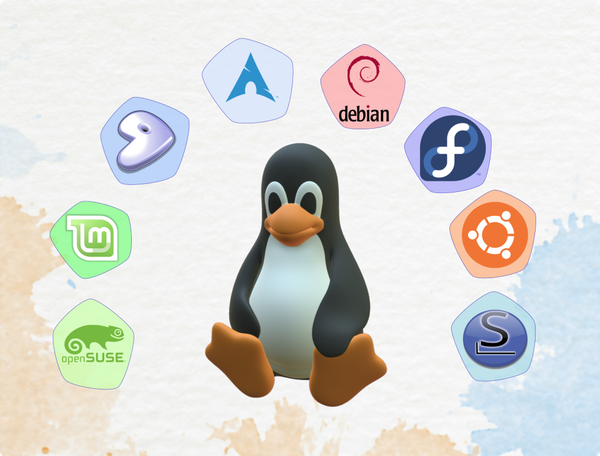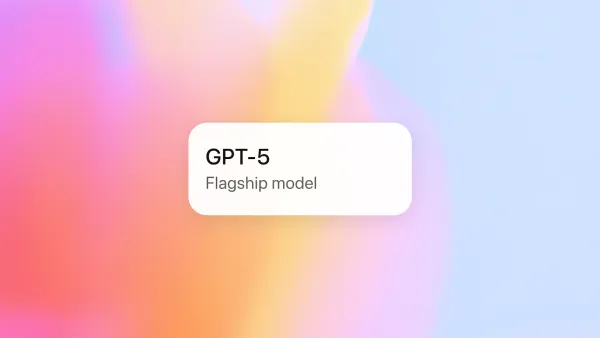The world of Linux is vibrant and diverse, yet it can also be bewildering. This is due to the double-edged sword known as "fragmentation." As of late 2024, there are over 600 active Linux distributions. This number showcases the explosive diversity of the Linux ecosystem, but it also presents a daunting challenge for users trying to decide which distribution to choose.
Is Linux fragmentation more of a curse or a blessing? And with a sea of options, what criteria should we use to select a distribution that will be a long-term partner?
The Blessing: Freedom of Choice and an Accelerator for Innovation
The most significant positive aspect of Linux fragmentation is the "freedom of choice." Users can find a distribution that perfectly matches almost any requirement, from technical skill level and use case to hardware specifications and even personal philosophy.
- Customized Experience: If you want to use the latest technology immediately, you can choose a rolling-release distribution like Arch Linux. If you require extreme stability for tasks like server operation, Debian or an RHEL-family distro (like Rocky Linux or AlmaLinux) are excellent choices. To breathe new life into an old computer, lightweight distributions such as Xubuntu or Puppy Linux are fantastic alternatives.
- A Driver of Innovation: Fragmentation fosters healthy competition and accelerates technological innovation. When a new idea or feature successfully implemented in one distribution proves its worth, other distributions quickly adopt it, leading to the advancement of the entire ecosystem. Ubuntu's significant improvements in user-friendliness and Fedora's aggressive adoption of new technologies are prime examples.
- Achieving Specialized Goals: There are distributions optimized for specific purposes like scientific research, multimedia production, and security auditing. This provides an environment where users can focus entirely on their tasks, free from unnecessary tools.
The Curse: The Shadow of Confusion and Inefficiency
However, behind this brilliant freedom lies a darker side. Fragmentation can place a considerable burden on both users and developers.
- Beginner's Confusion: "I want to try Linux, but where do I start?" is one of the most common questions in the Linux community. Over 600 choices can feel like an insurmountable barrier for those just starting their Linux journey.
- Developer Fatigue: Software developers face the challenge of making their programs work seamlessly across various distributions. Different packaging systems, such as
.deb for the Debian family and .rpm for the Red Hat family, double the workload for developers, which can ultimately lead to a lack of support for certain distributions. Universal package formats like Flatpak and Snap are emerging as alternatives, but they are not yet a perfect solution. - Fragmented Support: Because the user experience varies from one distribution to another, information for troubleshooting and community support is also scattered. It's common to find that a solution for a specific problem doesn't apply to the distribution you are using.
Finding Your Companion: A Guide to Choosing a Long-Term Distribution
So, how can you make a wise choice amidst this chaos? To select a distribution for the long haul, rather than just for short-term curiosity, you must consider these five key factors.
- What is your primary use case? (Purpose)
- Daily desktop use like web Browse and document editing? (e.g., Linux Mint, Ubuntu, Zorin OS)
- Operating a stable server? (e.g., Debian, Ubuntu Server, Rocky Linux)
- Setting up a software development environment? (e.g., Fedora, openSUSE, Arch Linux)
- Utilizing old or low-specification hardware? (e.g., Lubuntu, AntiX)
- What kind of support do you expect? (Support)
- Community Support: A large and active community is the greatest asset for problem-solving. Ubuntu, Arch Linux, and Fedora boast extensive documentation and active forums.
- Corporate Support: In an enterprise setting, paid technical support and long-term stability can be critical. RHEL, SUSE Linux Enterprise, and Ubuntu Pro are leading examples.
- What is your priority: Stability or Cutting-Edge Tech? (Stability vs. Cutting-Edge)
- Fixed Release: Distributions like Debian and Ubuntu LTS versions have major updates every few years. They offer proven stability and predictable operation.
- Rolling Release: Distributions like Arch Linux and openSUSE Tumbleweed receive updates constantly. You always have access to the latest software but must accept a higher risk of system instability.
- What is your technical skill level? (Skill Level)
- Beginner: It's best to start with a distribution that offers an easy installation and an intuitive user interface. Linux Mint or Ubuntu can be an excellent first step.
- Expert: If you want to control and optimize every aspect of your system, Arch Linux or Gentoo Linux will provide immense satisfaction.
- Which underlying ecosystem do you prefer? (Ecosystem)
- Most distributions are rooted in a few core projects. The two largest families are based on Debian and Red Hat (Fedora). Your choice of family will determine the package management style (APT vs. DNF/YUM) and community culture, so it's a good idea to try them out beforehand.
In conclusion, there is no "best Linux distribution." There is only the "best distribution for you." Instead of fearing the abundant choices that fragmentation offers, use the criteria above as a compass to embark on an enjoyable journey to find your own operating system. Trying out various distributions risk-free using a Virtual Machine or a Live USB is the wisest first step on that journey.











